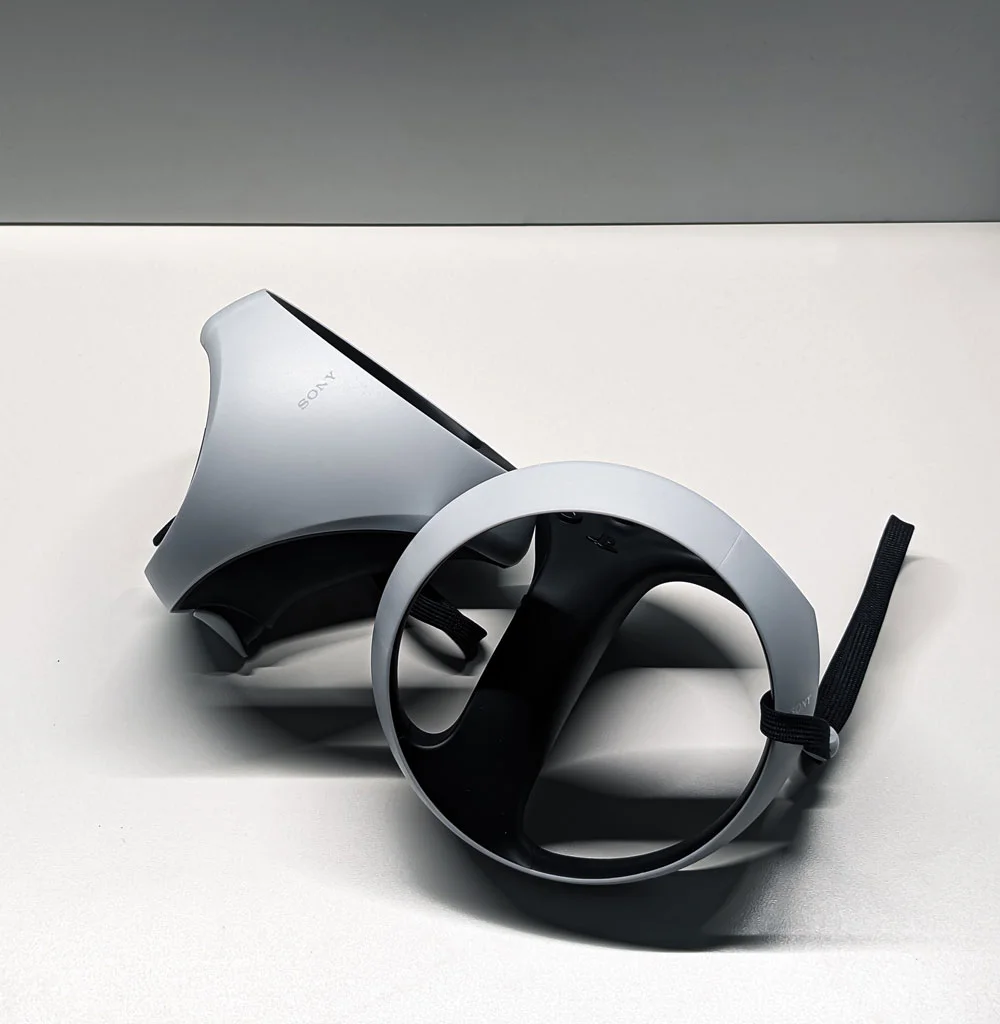Product Carbon Footprint / LCA
Product Carbon Footprint analysis is based on life cycle assessment (LCA) but focuses on the unique issue of global warming.
- Your corner for Trusted Sustainability Advisory
- Our Services
- Product Carbon Footprint / LCA
Product Carbon Footprint / LCA – life cycle assessment
We Firmly Believe in the Power of making your product less polluting.
The Product Carbon Footprint is that environmental indicator that quantitatively shows us how much a certain type of product that our company produces contributes to climate change through the resources used, the production and associated processes, its transport and distribution, the use of the product and what happens to it at the end of use (end of product life). Detailed analysis using specific standards can help you understand better how you can contribute in which phase carbon emissions are generated in greater quantity and what could be the direction of climate mitigation projects to make the product less polluting.
We will choose the standard that will be applied for the necessary calculation for your product, according to your needs and the future use of the results.
A life cycle assessment (LCA) aligns with environmental disclosure requirements under the new reporting standards (ESRS) and CSRD requirements.
IMPORTANT TO REMEMBER
Product Carbon Footprint analysis is based on life cycle assessment (LCA) but focuses on the unique issue of global warming. The well-known Life Cycle Assessment (LCA) methodology for evaluating the life cycle of a product or service is a robust and standardized methodology. It enables companies to analyze and quantify the environmental footprint of their products and operations at different stages of their life cycle or value chain.


Methodology
The method is extensive and in addition to the climate impact accounted for by the indicator (carbon footprint of the product) it extends to quantifications on several areas and categories of environmental impact (acidification, eutrophication, resource depletion, ozone depletion, ecotoxicity, etc.)
Standard used
ISO 14044 provides detailed requirements for conducting an LCA. It includes specifications for choosing impact categories, category indicators, and characterization models. ISO 14067 focuses on carbon footprint, providing guidelines for quantifying and reporting a product’s impact on climate change.
EPD
EPD – Environmental Product Declaration, is a document that transparently reports the environmental impact of a product or material, based on a product life-cycle assessment (LCA). EPD reports are standardized (ISO 14025 applies), verified documents that transparently present credible information.
Verification Process
All LCA assessments as well as EPD – Environmental Product Declaration needs to be verified by an independent third party before it can be published.
Why LCA and EPD are important?
The most innovative approach in setting meaningful projects for decarbonization is the Eco-design for your product.
But before a new design for your product, you need to understand the impact of climate change that this product is carrying. After, you can find a new lean management project internally to mitigate energy consumption and you can decide on a new design for your product which will capture a long life and consumer attractiveness.
Benefits:
- Compliance with CSRD disclosure requirements on environmental aspects
- Evaluation of the product’s carbon footprint, which allows you to intervene in processes and technologies in order to reduce resource consumption, thus making a major contribution to reducing the environmental impact of the product and your business. You will be able to reach your organization’s decarbonization targets much more easily with such an assessment because you will know exactly where and how you will need to intervene.
- You can benefit from eco-labeling your products if you have such an assessment. Product certifiers can assess the product’s carbon footprint and environmental statement. Based on this certification, you can apply for a green label for your product.
- Other motivations and benefits include increasing market reputation, interacting with suppliers, current or future customers, and other stakeholders, and complying with current and future regulatory obligations.
Our Process
Here are the 3 steps of our process for developing the product carbon footprint.
1
We will visit your site and operations
To understand your needs we need to see your production area to establish the right way for assessment.
2
We chose the standards
We will agree on the standard that we need to use based on the final results and its usability.
3
Working as a team for LCA / EPD
We will collect data, and apply specific calculations. We finish LCA and if needed we compile the EPD.
We are looking for new ways to improve your product’s environmental footprint. We can find the best way, connect with us!
You need the right direction
for your business, we’ll help you do that.
Address Business
Ulpia Traiana no 2, Timisoara,
Timis County, Romania
Your benefit when contacting us:
We bring deep and specialized knowledge in these fields, but what truly sets us apart is our holistic perspective. We understand that true value lies in capturing synergies and connections across boundaries, bridging the gaps between different parts of an organization by optimizing the collective impact of all components.
Clients Trust Bluesid.
Gabriela is our Founder, the consultant, the mentor, and the coach of many managers or sustainability managers in Romania. Over the past 15 years, she has provided support and advice to many Romanian companies in the area of sustainability.
Let’s Collaborate with Us!
We are a start-up established to help existing businesses, in their compliance and performance goals of sustainability! The results speak for themselves. Our services work.


